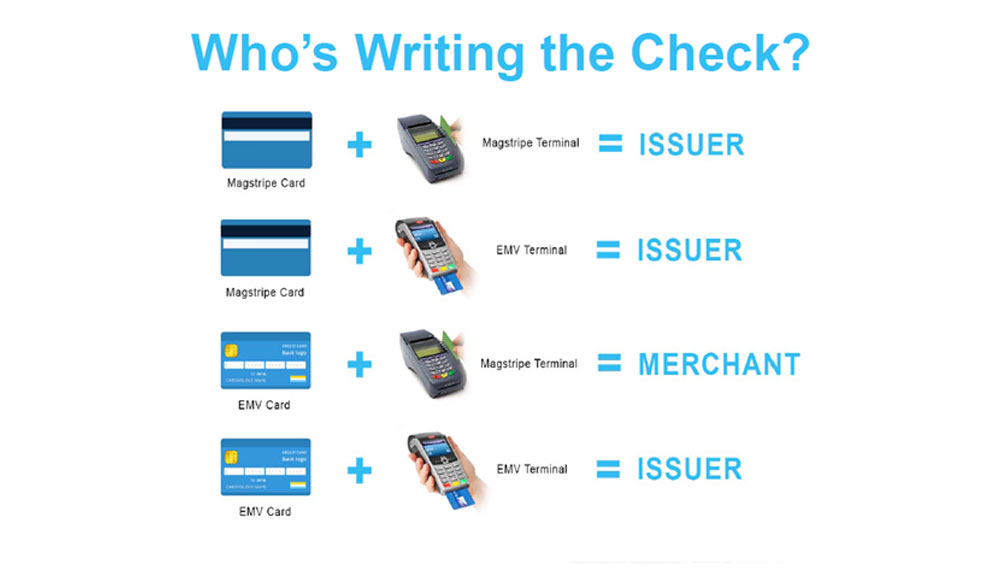If you accept credit cards at your place of business, you’ve likely dealt with chargebacks at one time or another.
For those that haven’t, chargebacks occur when a cardholder contacts their credit card-issuing bank and asks for a refund on a transaction for a purchase or service made on their card.
A chargeback can be a HUGE setback to say the very least. Not only is it a big pain in the rear to handle that equals wasted time and resources to resolve … you, the merchant, can potentially lose out on the money you’re owed AND face an additional chargeback fee from the processor.
That said, it makes good business sense to employ proactive practices in your business to prevent a customer from charging back a payment.










